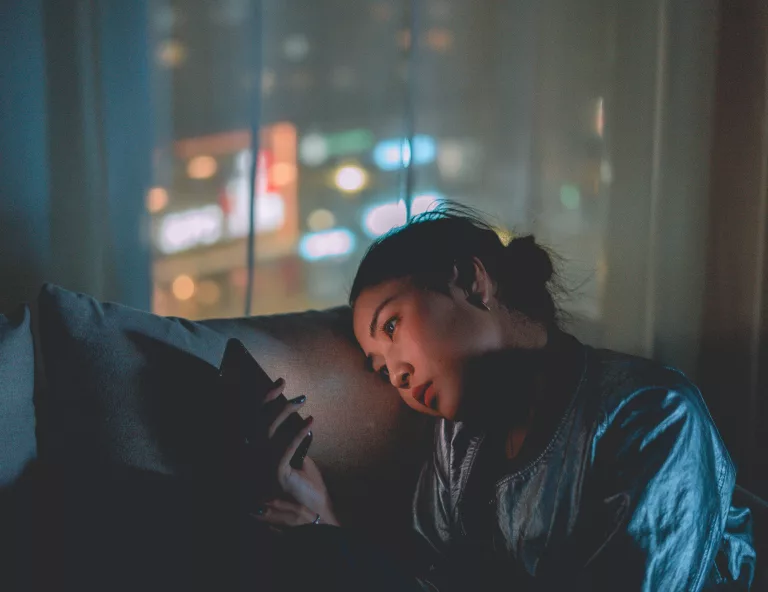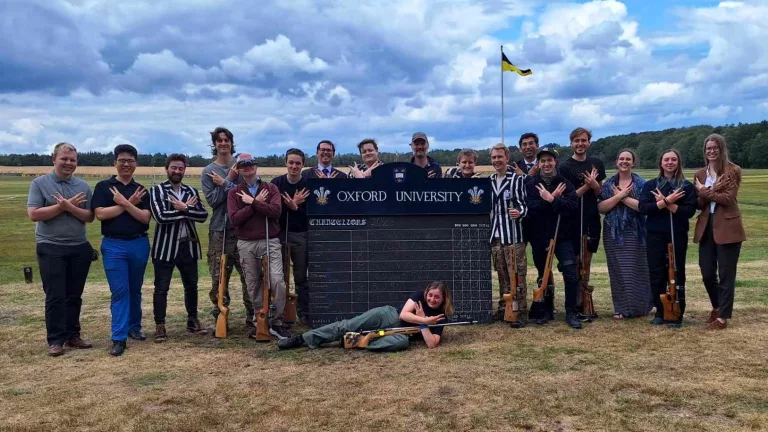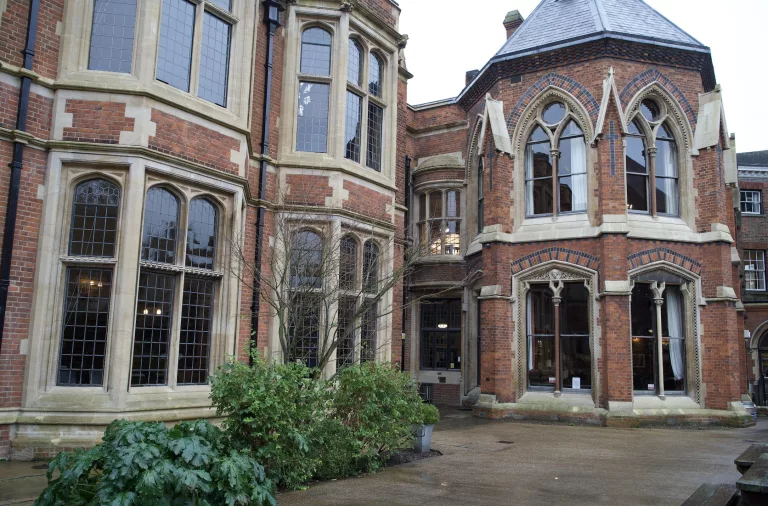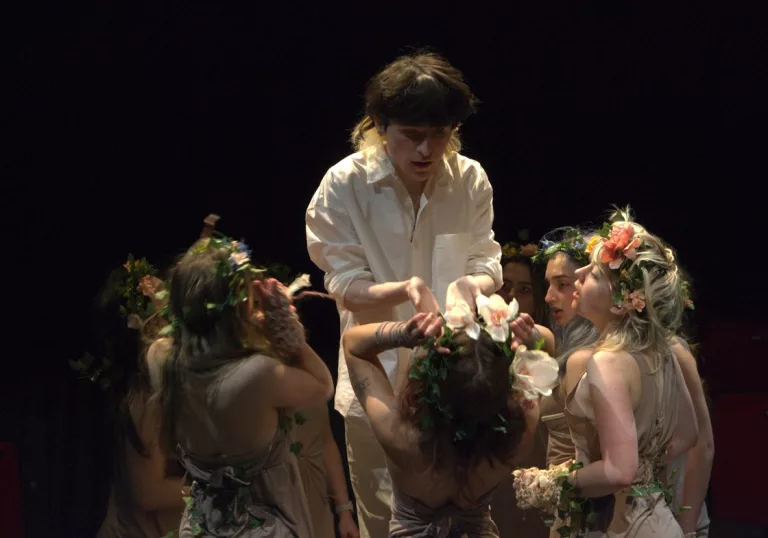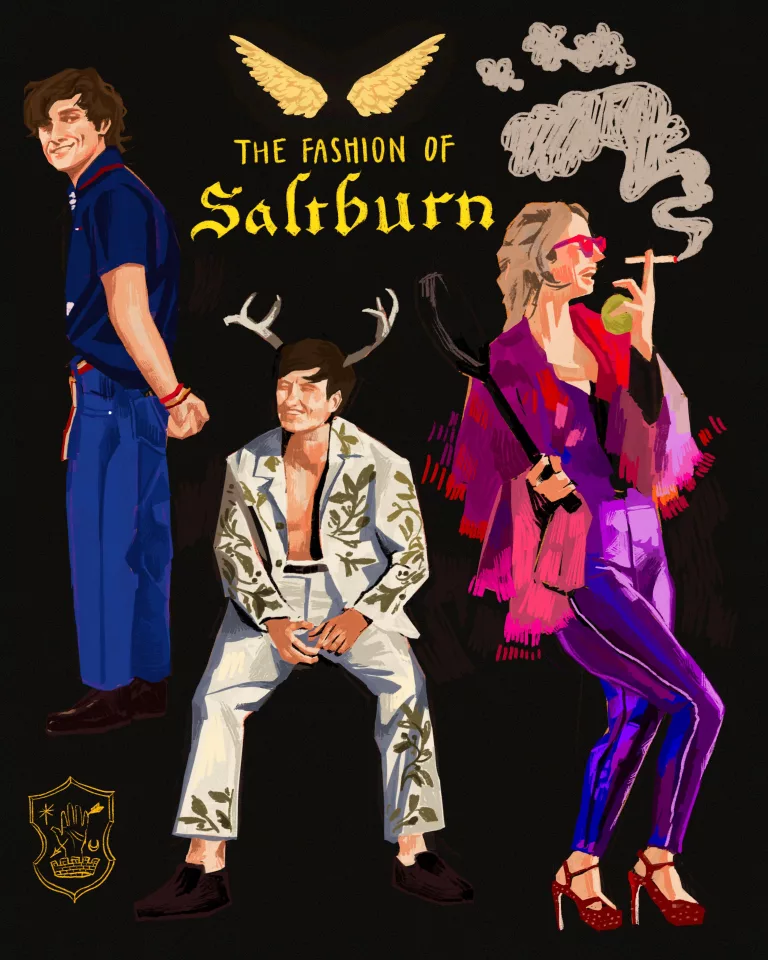I’m happy to share … excited to announce … pleased to declare … that I’m more successful than you.
My attention was first brought to LinkedIn when I was 16 by an alumna of my college, who told me to download it to “network”. I did, mainly because she had an apprenticeship at a great law firm in Manchester, but didn’t listen to her advice of reaching out to people to gain experience. Instead, I filled out my profile and spammed a few of my friends who were already on the app with automated messages. But on arriving in Oxford, and being (for better or worse) exposed to the cult of the university’s finance bros, I started taking it more seriously.
LinkedIn is an employment-focused social media platform that works almost like an interactive CV, where you can showcase your experiences and skills to potential employers or your peers. Similar to many social media platforms, LinkedIn allows you to ‘connect’ with other users, post about your experiences or thoughts, and interact with the accounts and content of others, such as your fellow students, potential employers, organisations, or maybe even your crush… This essentially makes the platform a far-reaching networking opportunity, but also a space for exploring your interests.
Yet for some it is developing a bad reputation. Your LinkedIn feed can often be a reminder of the amazing opportunities other people have accessed. When I load LinkedIn and spot someone’s latest ‘excited to announce’ post for an internship at a massive company, I am happy for them, because I know they must have worked hard for it. But the site can also be a reminder of how behind I feel. The pressure to apply for and secure a spring week, vac scheme or internship at a flashy firm is as immense as it is competitive, and there is a feeling that if you don’t manage to get one, you subsequently won’t get a foothold in the industry or a big-name company.
It’s a toxic headspace, worsened by Oxford’s culture of over-workers and high-achievers, and one that makes a platform like LinkedIn become almost a self-flagellatory space of comparison. Of course, by leaving the university’s internship bubble and speaking to most professionals in their respective industries, you will hear how things like internships (whilst a brilliant experience) are not really necessary. There are plenty of other ways to gain experience. And one way to find those is through LinkedIn.
The best thing to do in repsonse to this feeling of constant comparison, perhaps easier said than done, is to try to burst this pressurised bubble. Stop idly scrolling on your Linkedin homepage. Instead, be smart about how you use it. Connect with people in industries you are interested in, or at companies you would like to work at, look at what experience they gained early on, and see how you could try and emulate this. I myself have messaged people in positions which I have applied to for advice, and been sent some great tips in preparation for interviews I was stressed for. I’ve even given my interviewer a cheeky stalk to see what kind of interests they have themselves (It doesn’t hurt to be prepared.) I recently found a job on LinkedIn at an exciting start-up dating app, just by messaging someone who posted about the position – something I wouldn’t have done if I had let the imposter-syndrome the app can breed drive me away.
It is important to remember the benefits of the app, and to take advantage of them. LinkedIn also has a section where they recommend you positions based on the experience listed on your profile, and you can follow companies, non-profit organisations, and public figures to see what they are doing, making it a great resource for staying up-to-date with anything big going on or application deadlines. Looking at what your peers are doing, whilst terrible for causing anxiety if you don’t have the same level of experience, is also really useful. You can check what people in similar positions to you are doing, and maybe find an online course or be alerted to some work experience you could also sign up for. For those so inclined, you could also just browse the profile of someone you’re less than fond of and see their lack-of experience as a pick me up; call it the Linkedin mindset. I’ve even been the recipient of some very questionable flirting on LinkedIn, when someone I was dating endorsed all my experiences…
So, it’s a great resource, but it’s also just an app. You don’t have to be a hard-core LinkedIn influencer with motivational posts every other day, you can use it for what it was designed for: to network. Meet new people, ask them questions, share your own experiences, and learn about work experience, jobs, and industries. Don’t let what others are doing bog you down. Reading about the achievements of your peers can be a good thing: let it bring out your competitive streak and help you to stay focused on your own goals.


